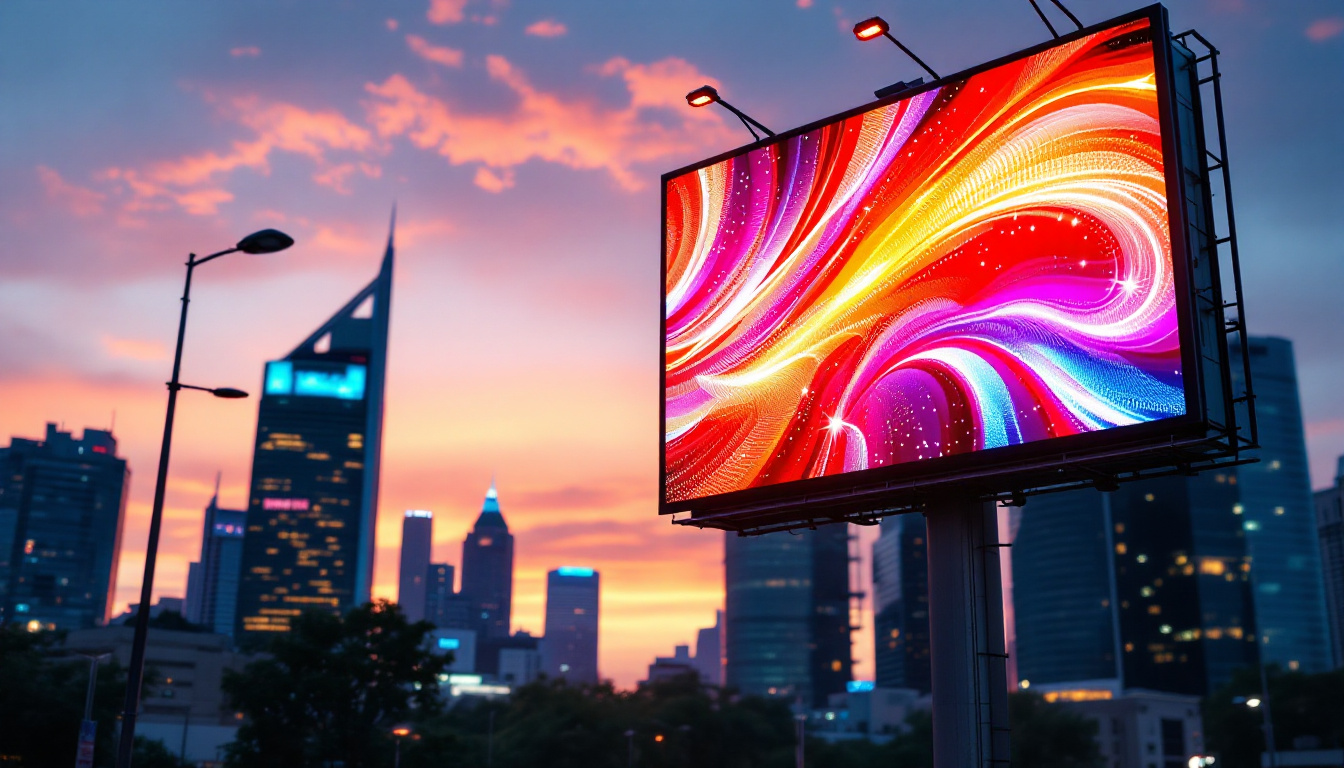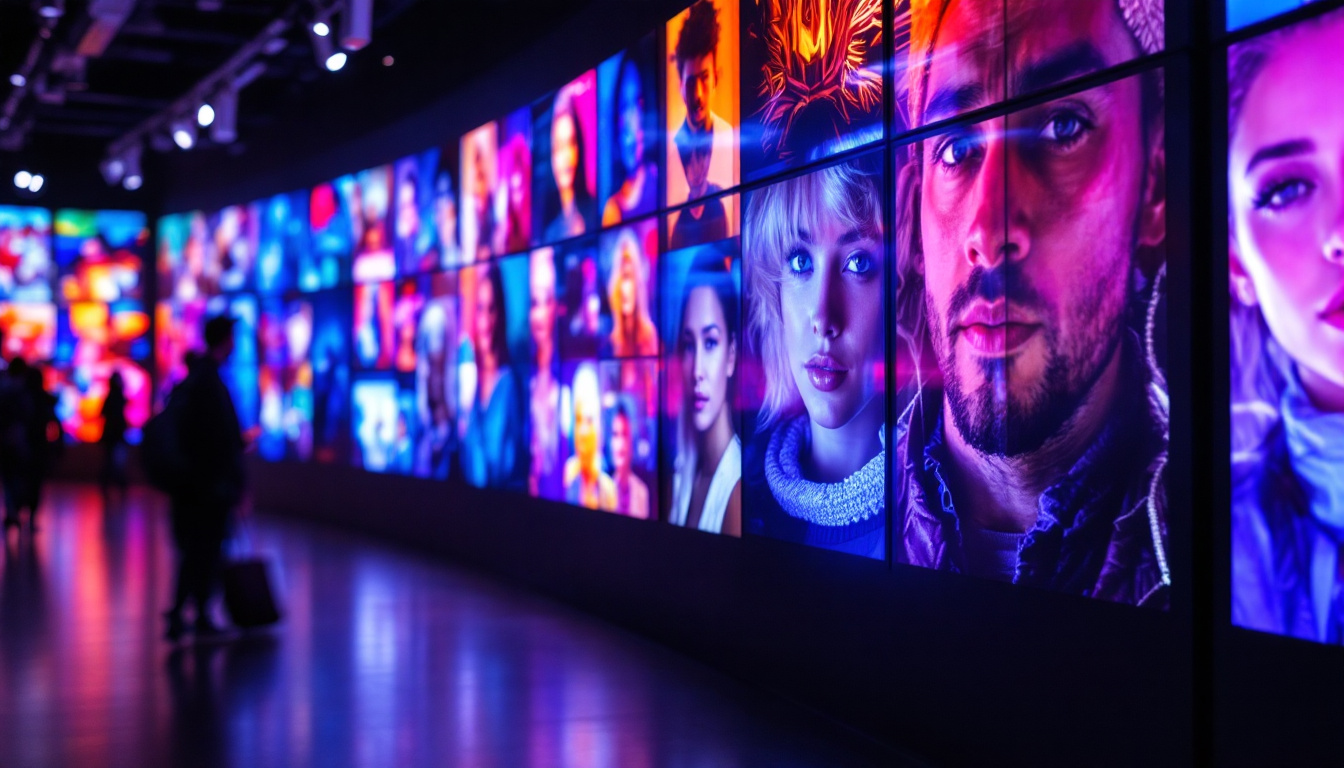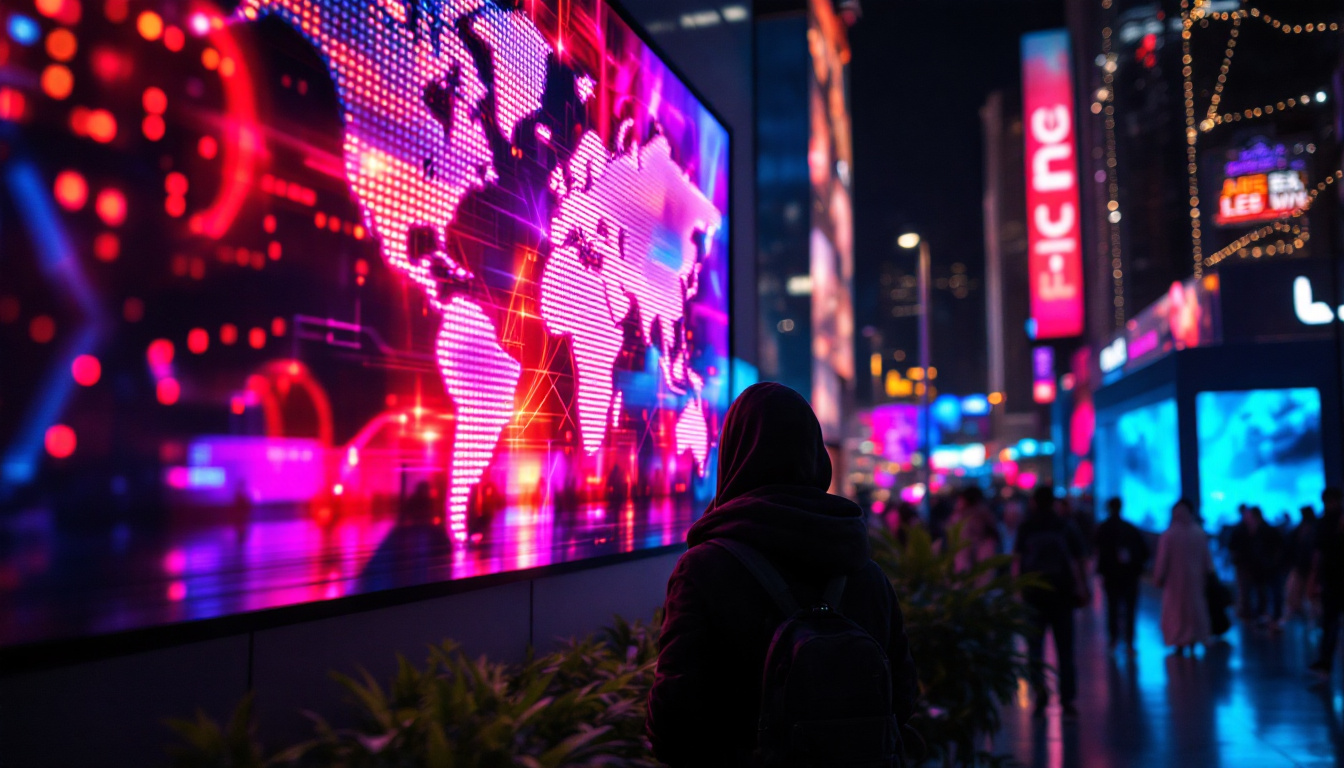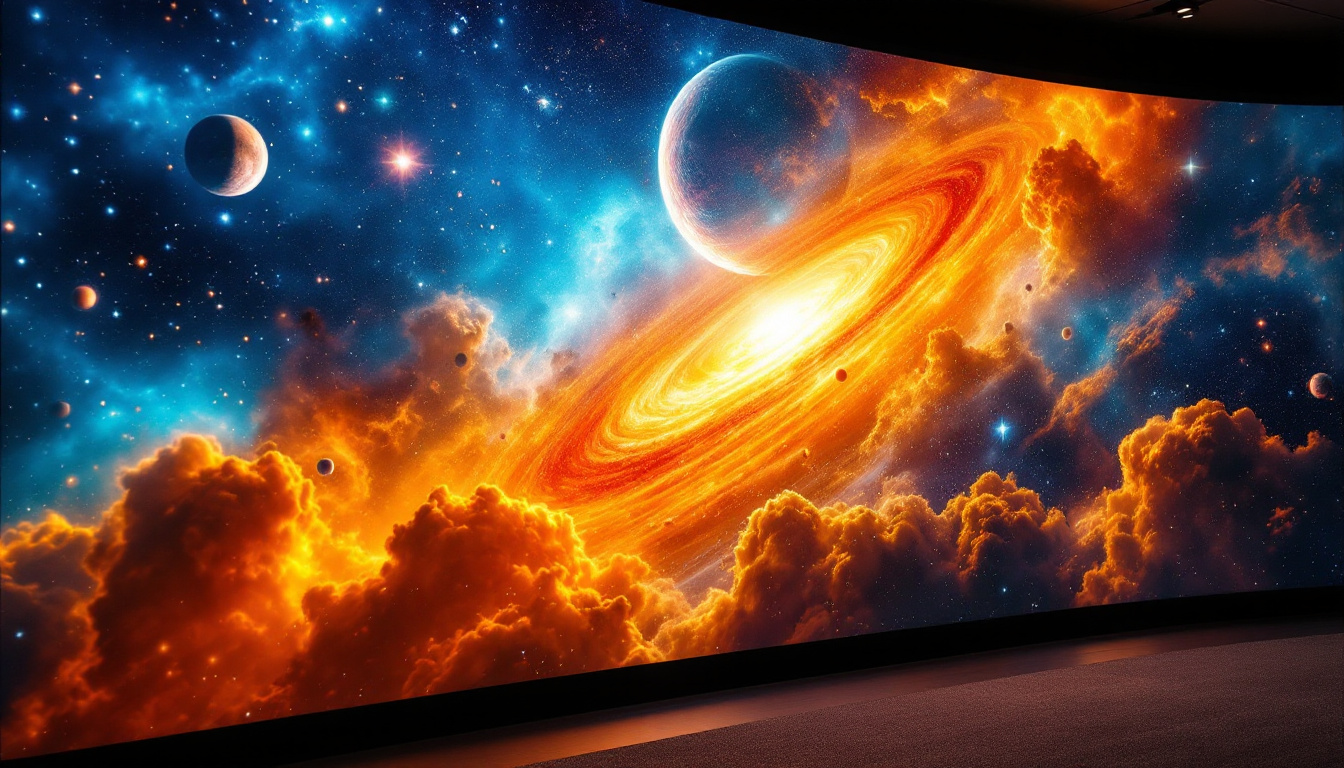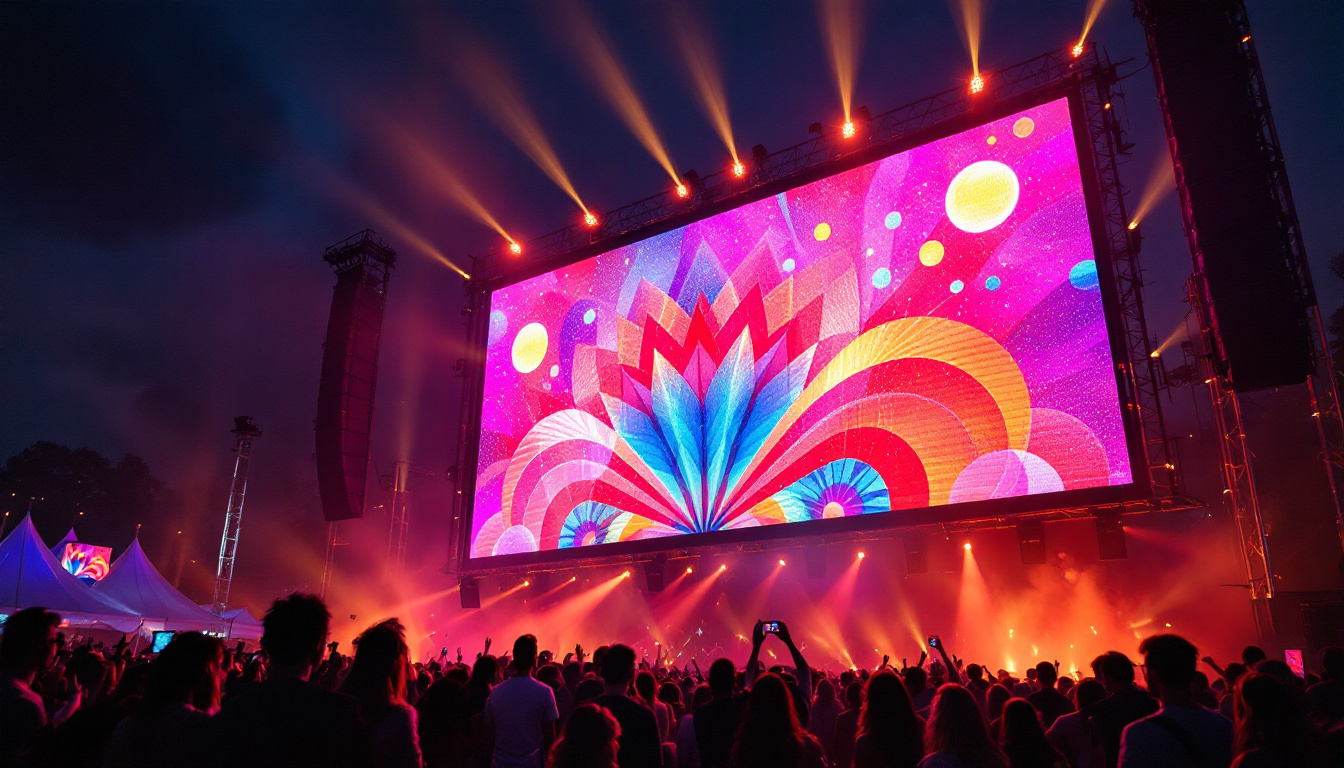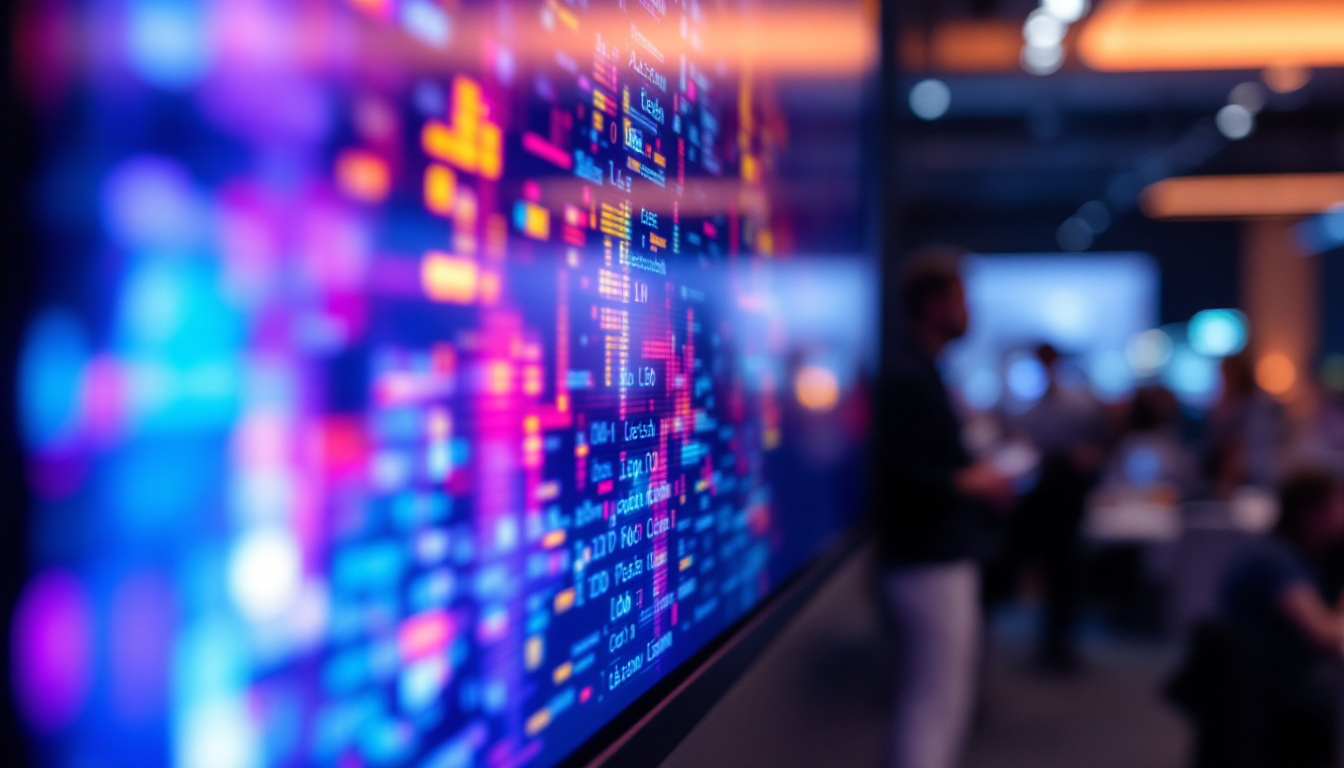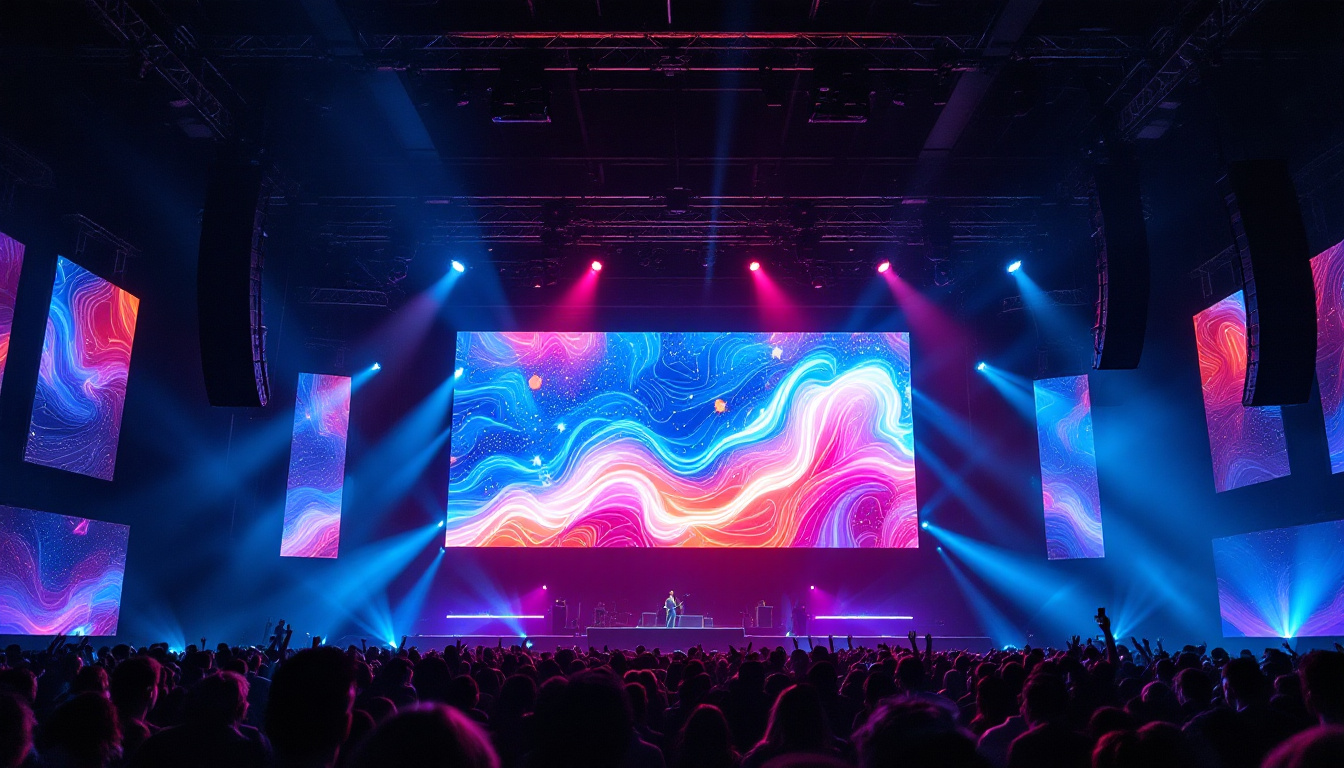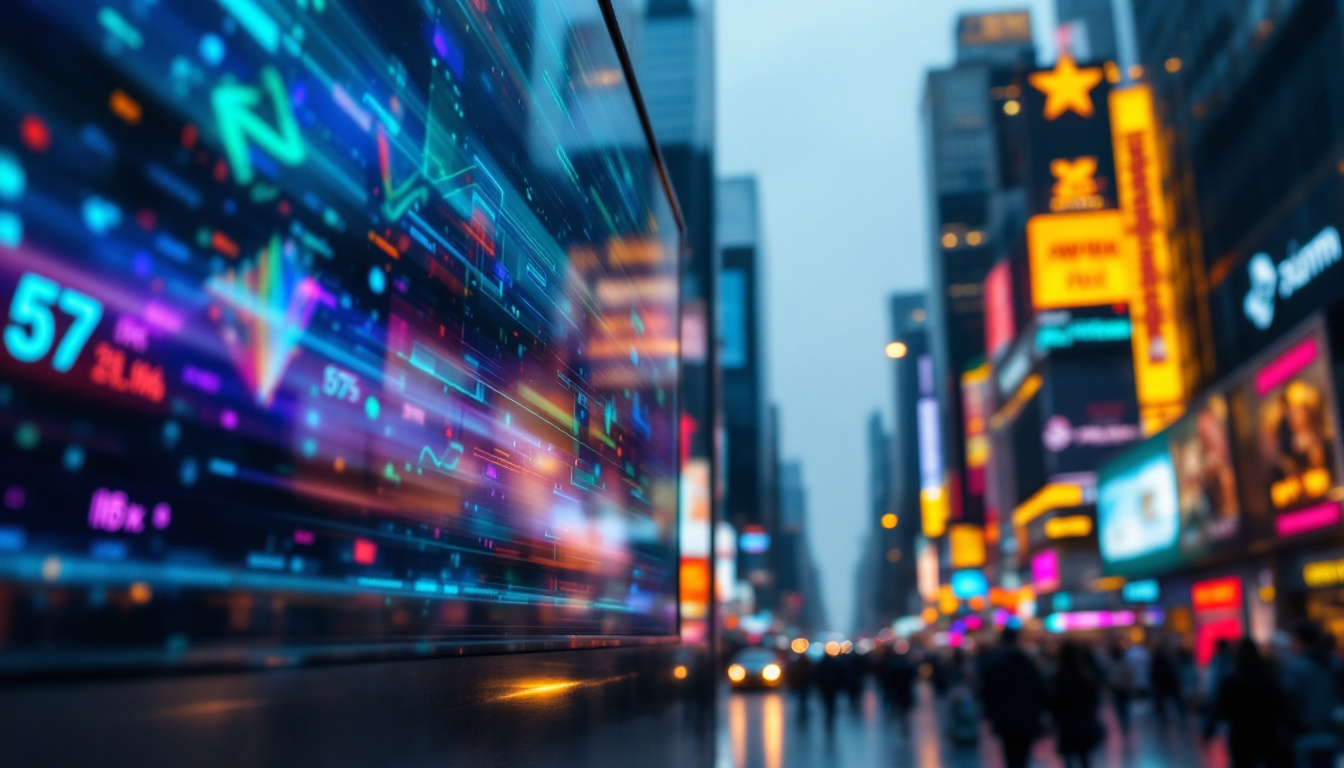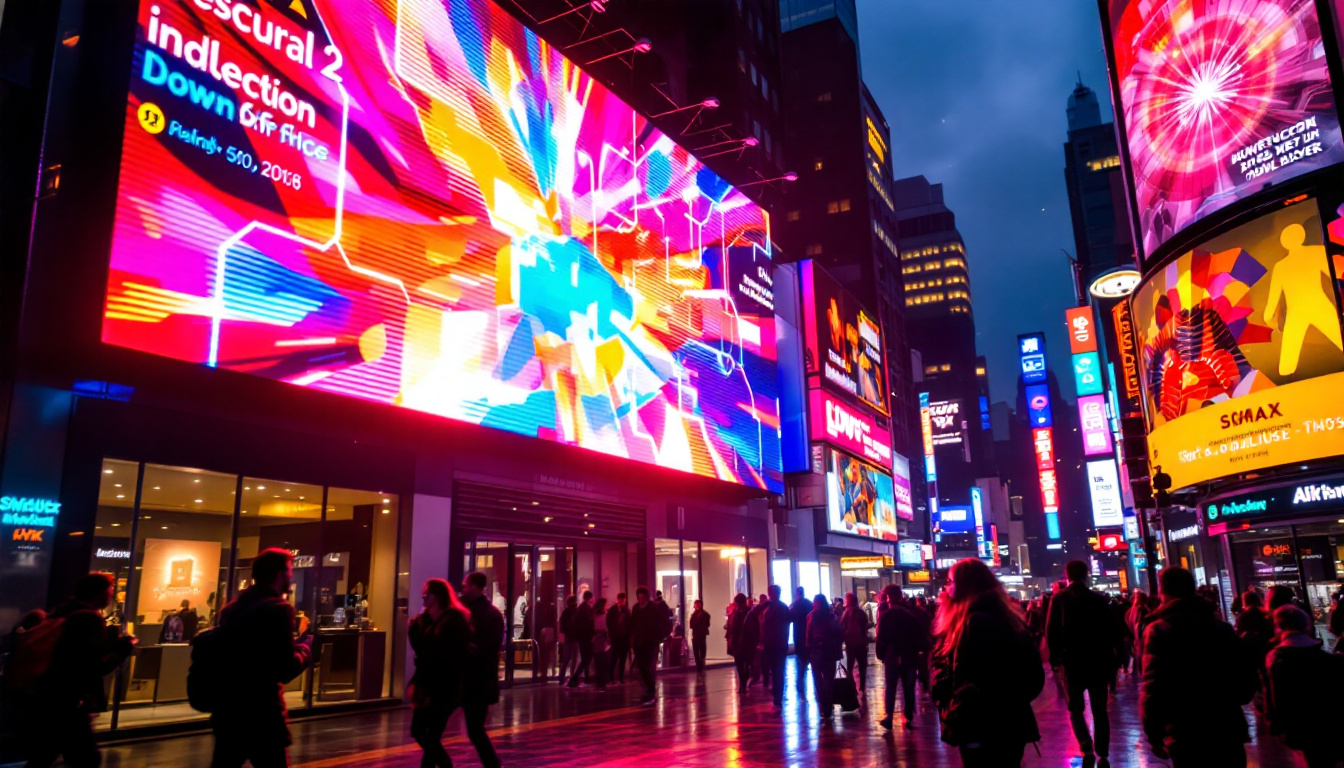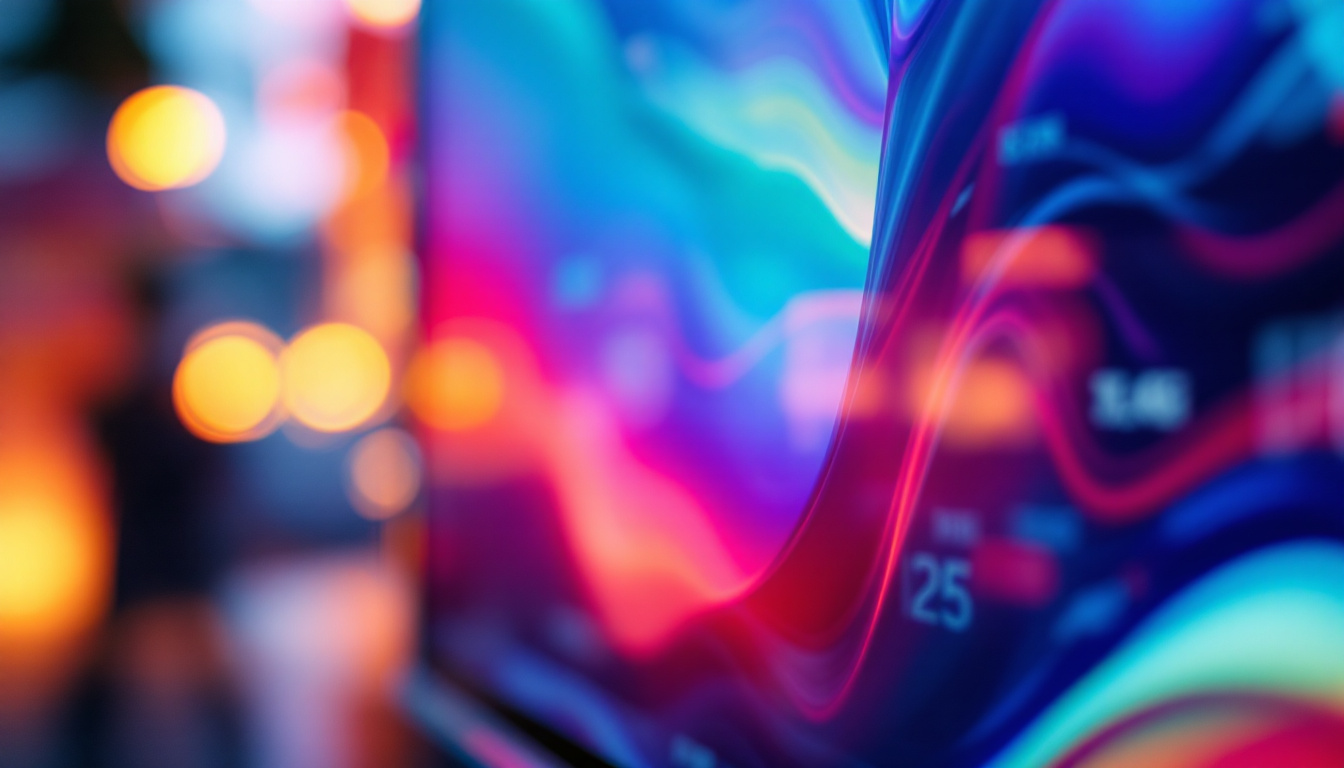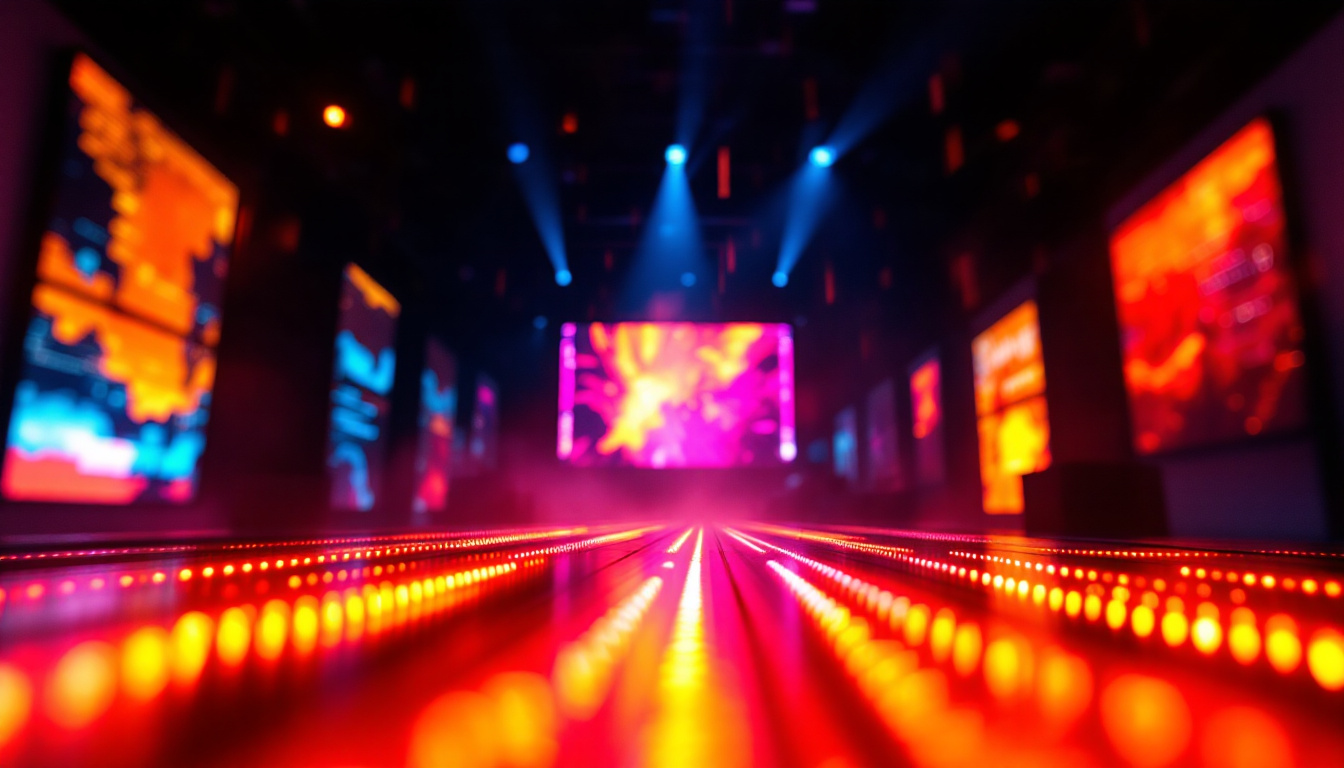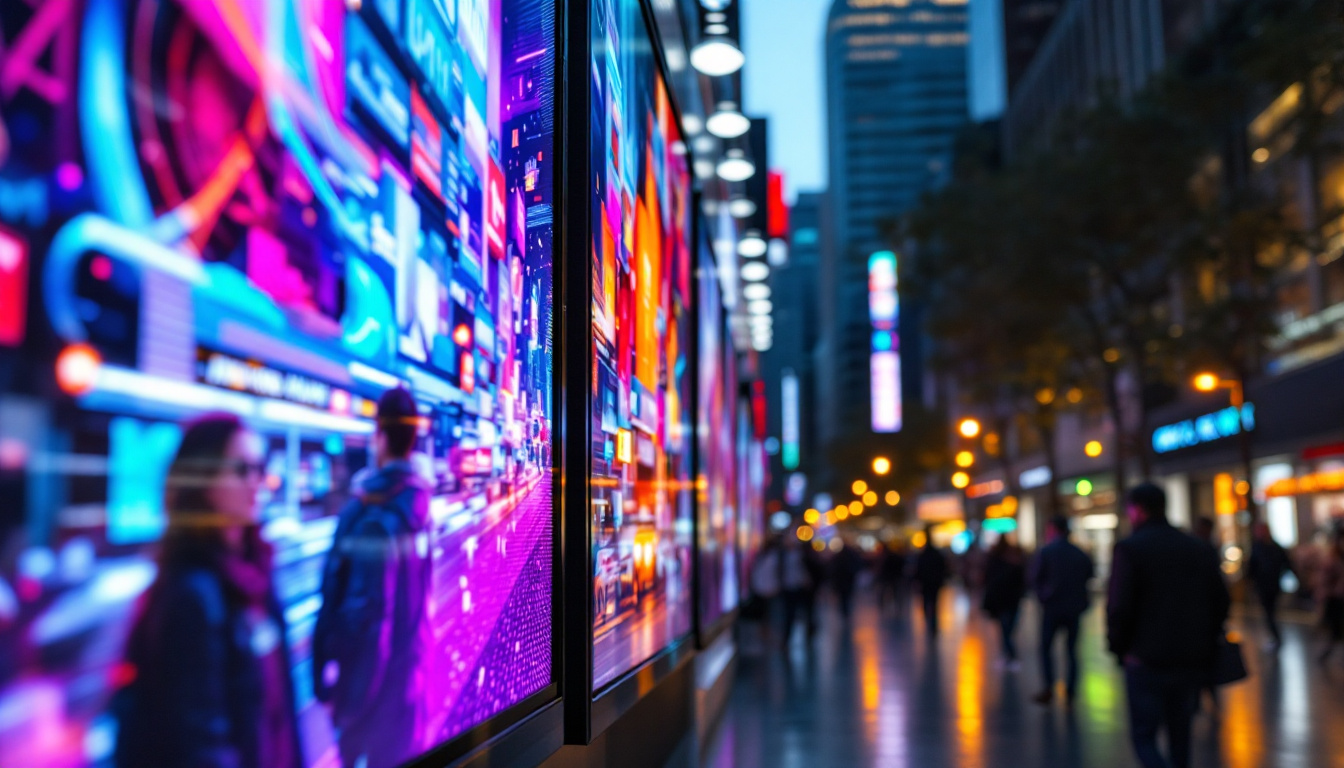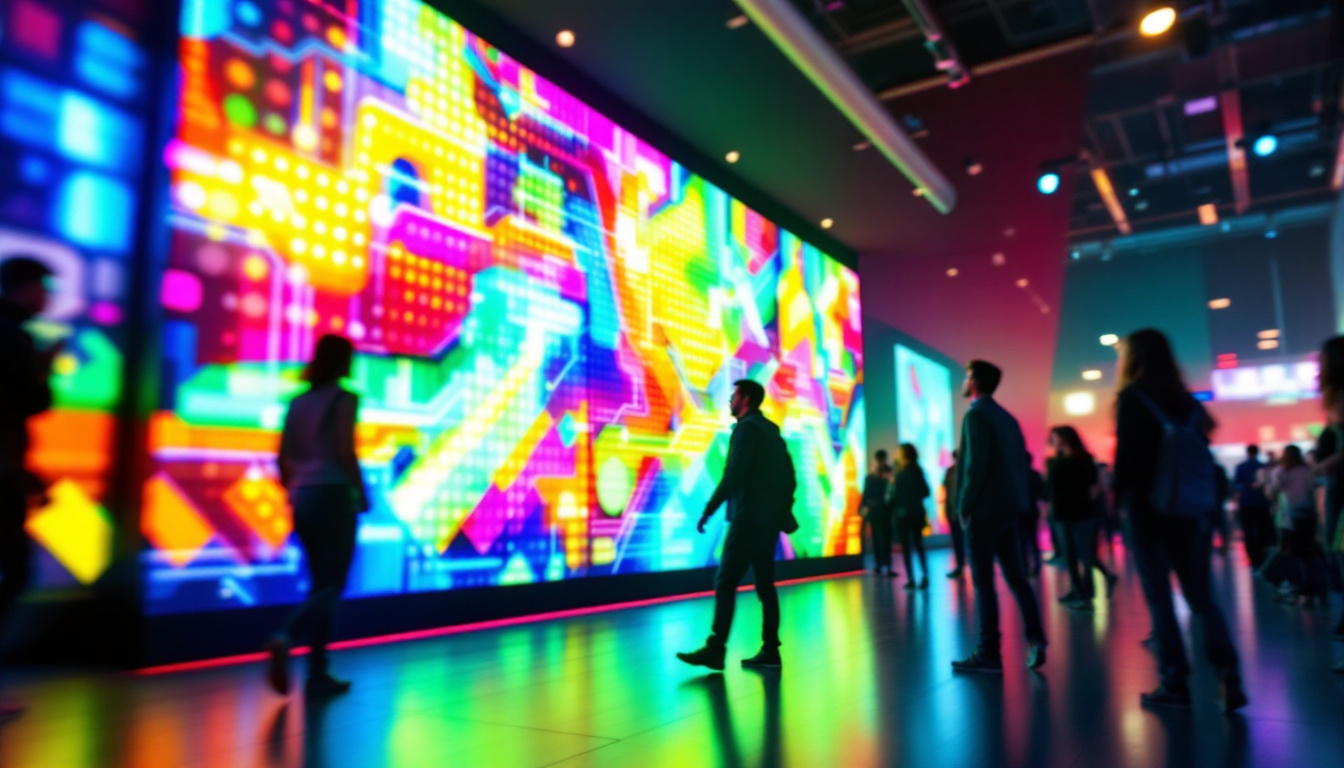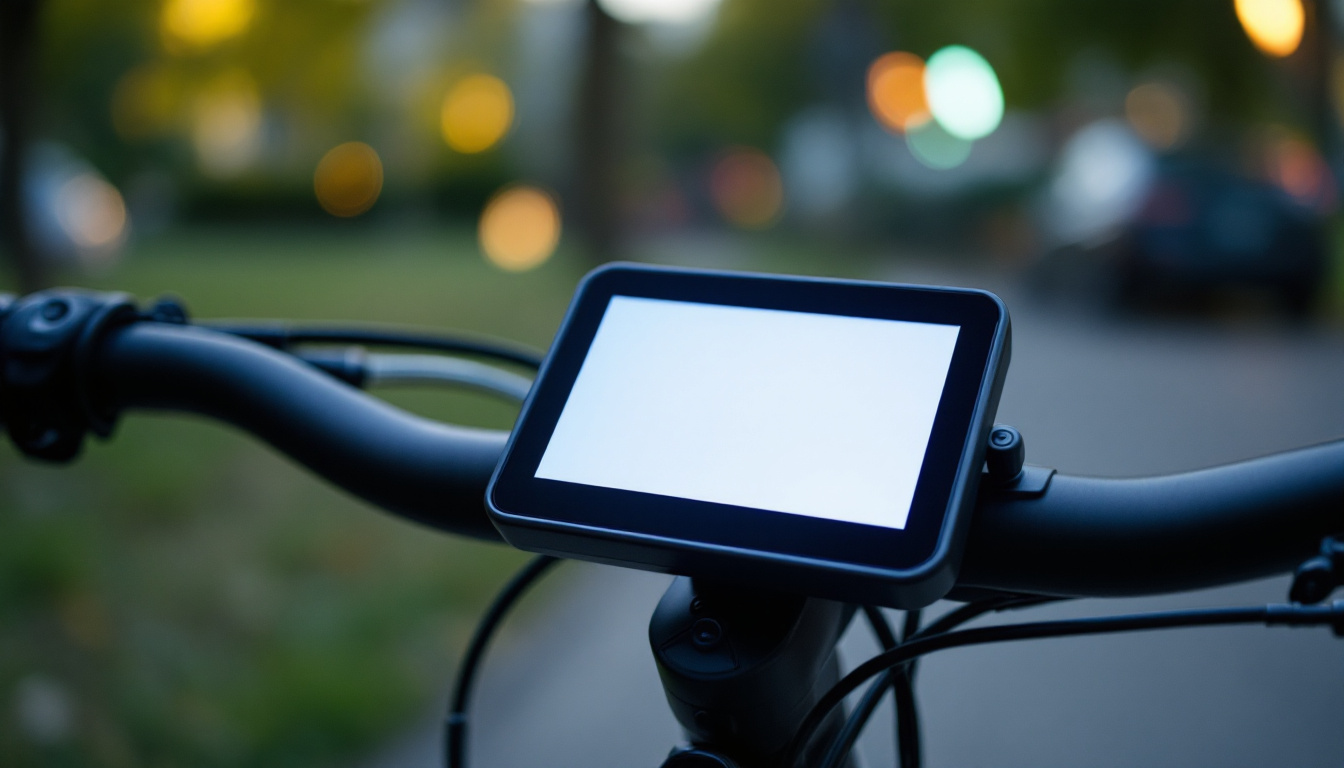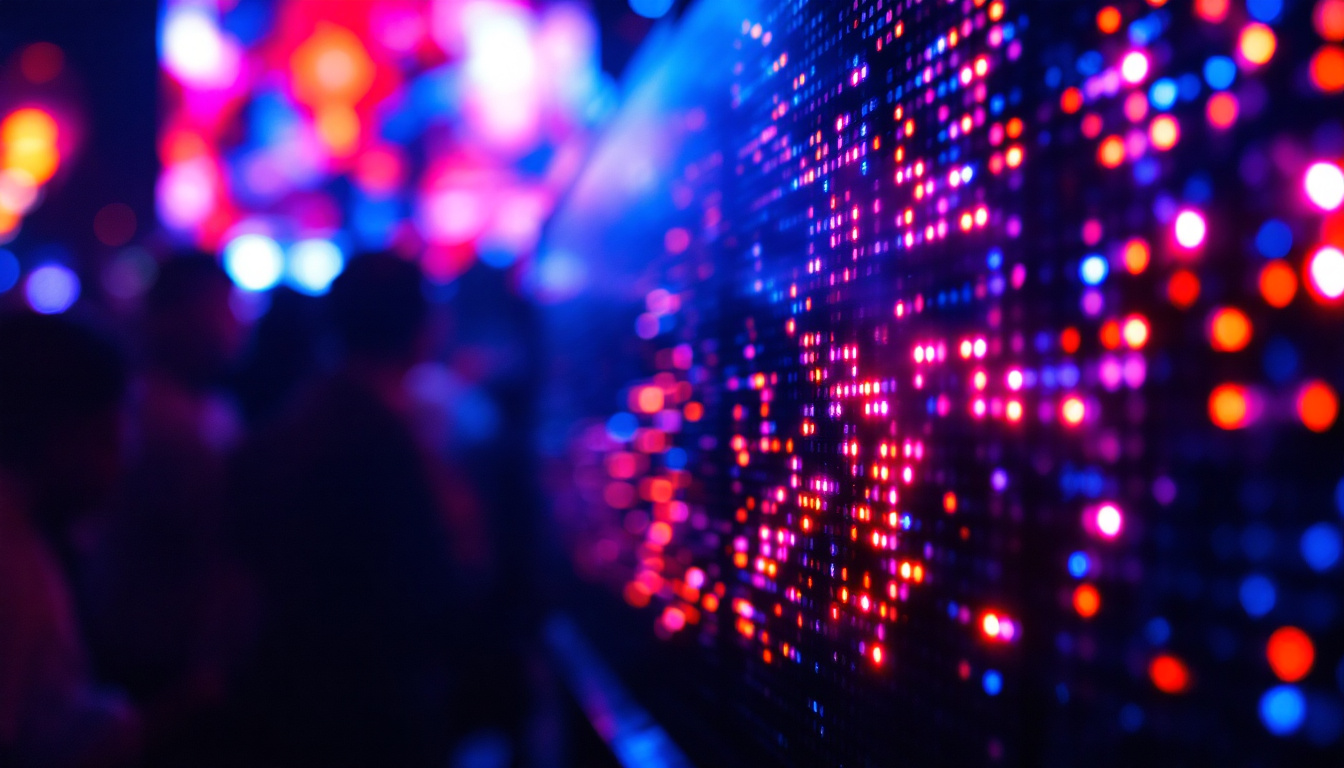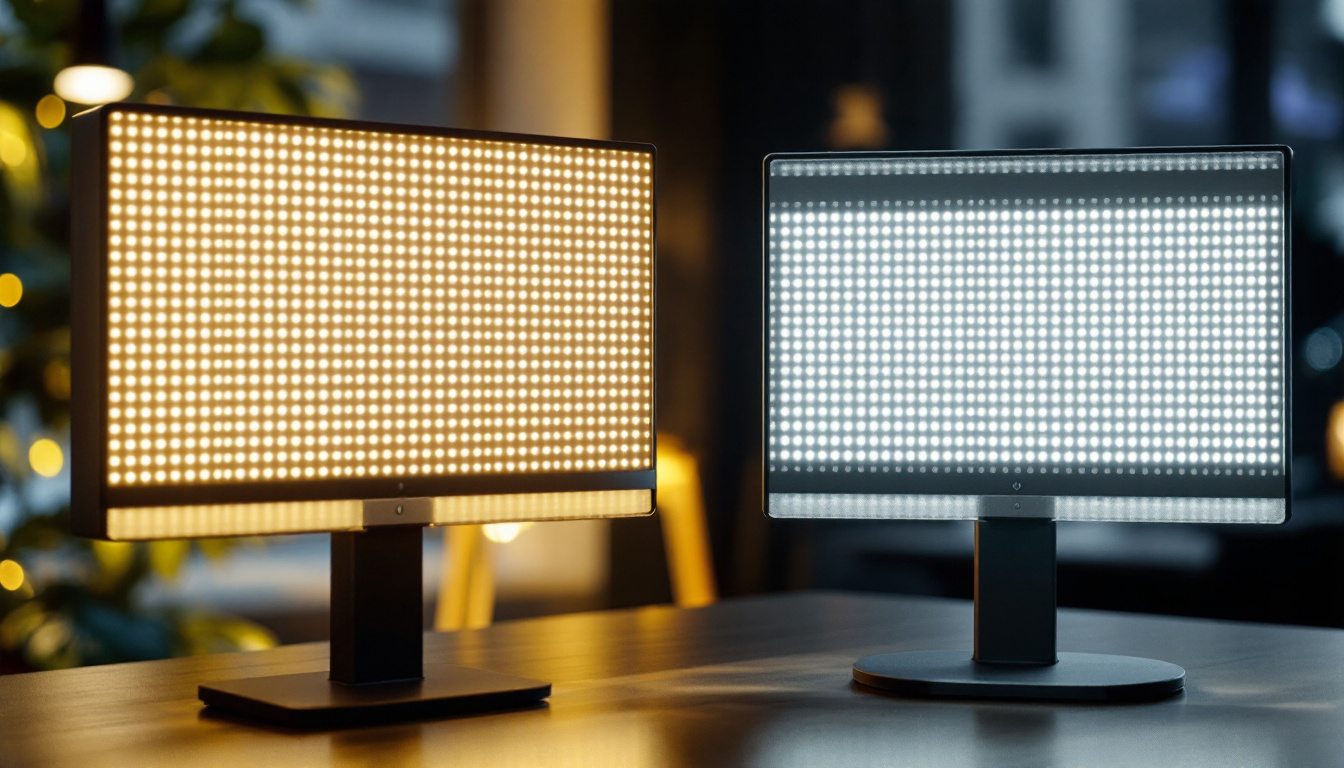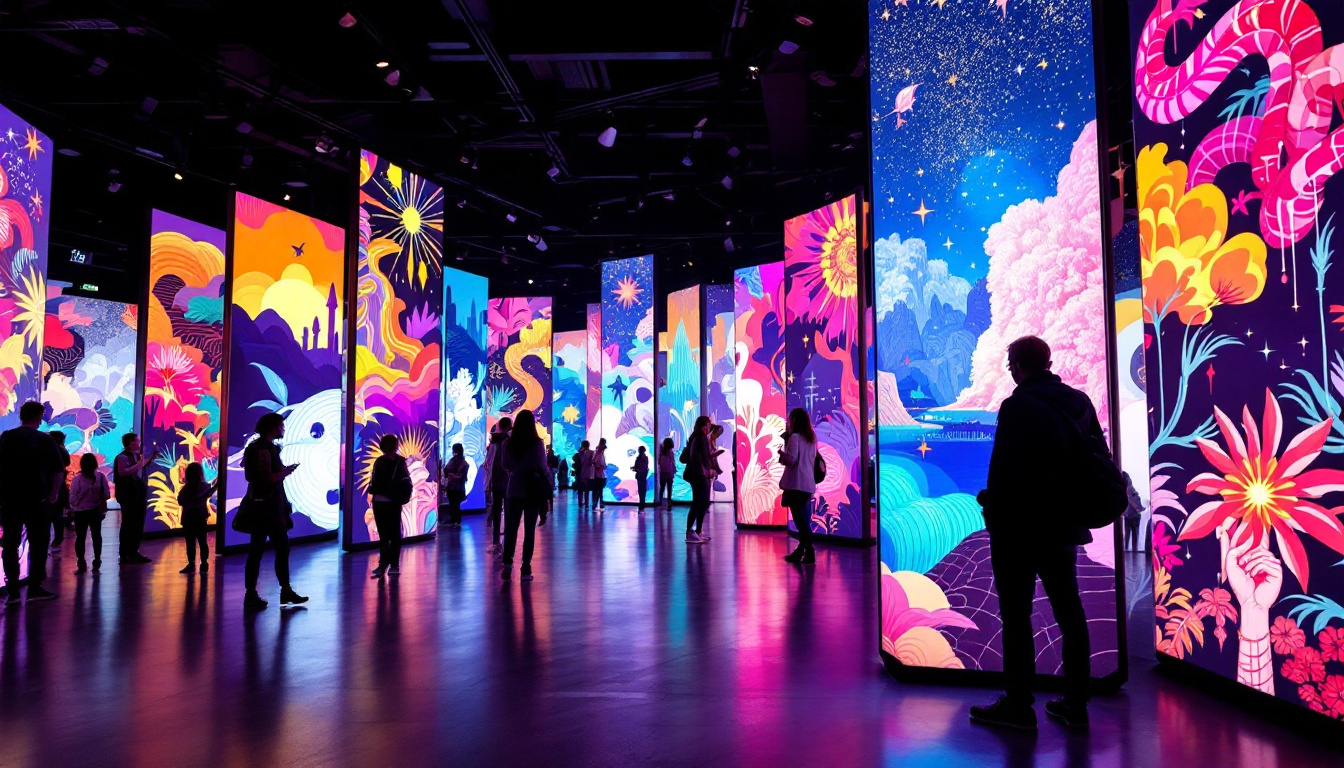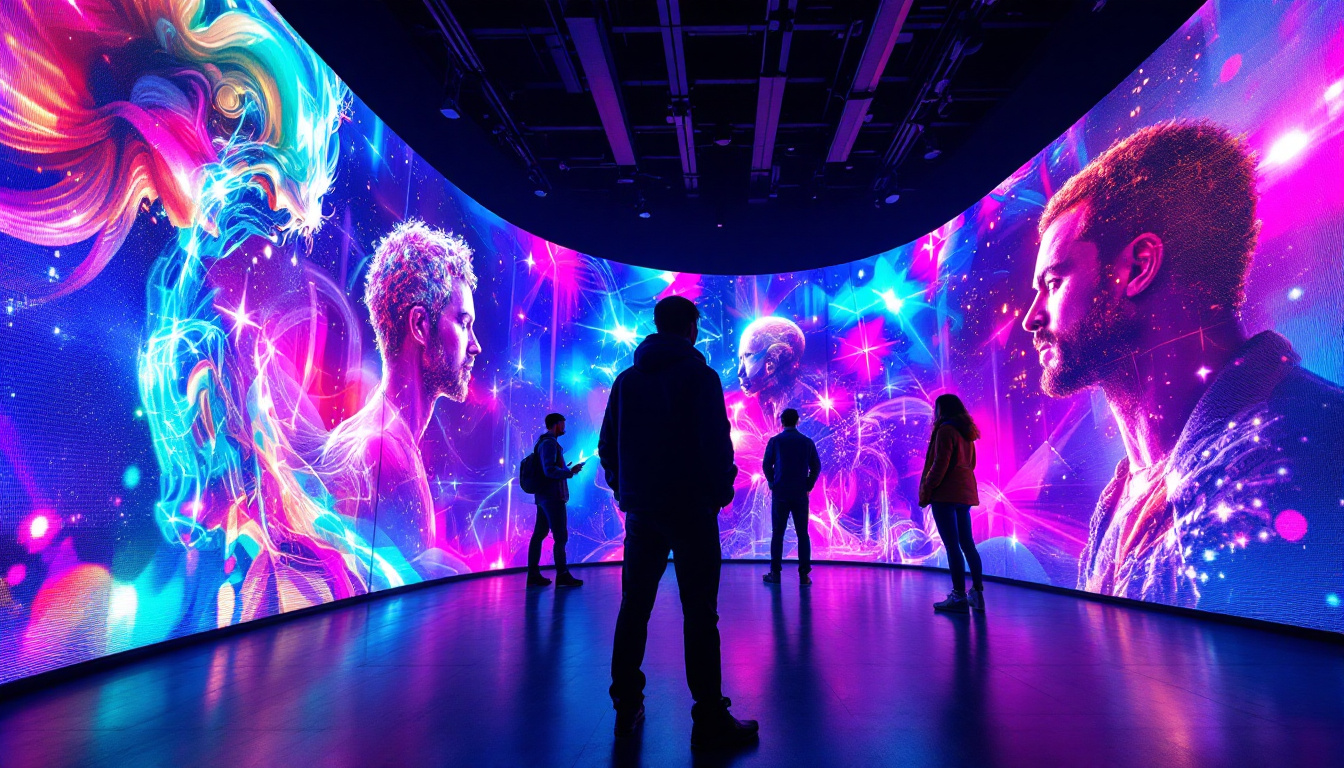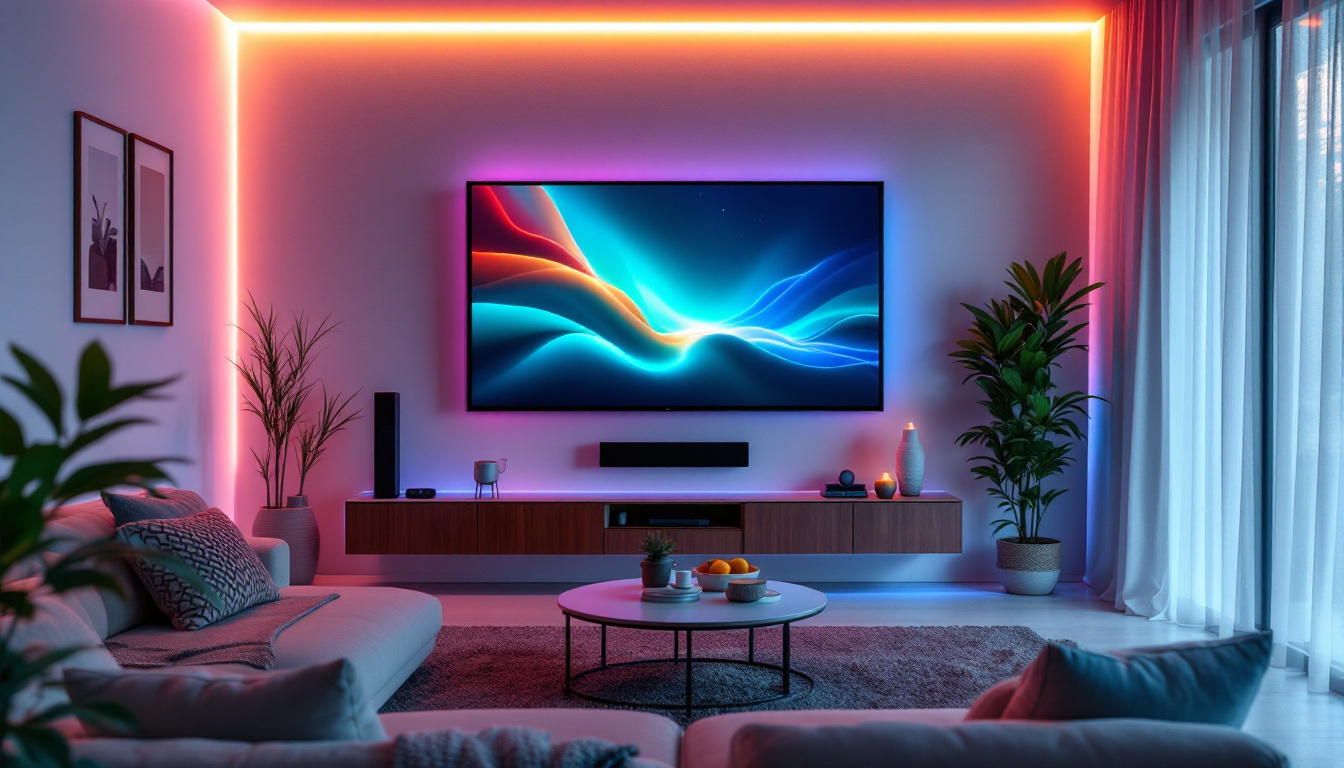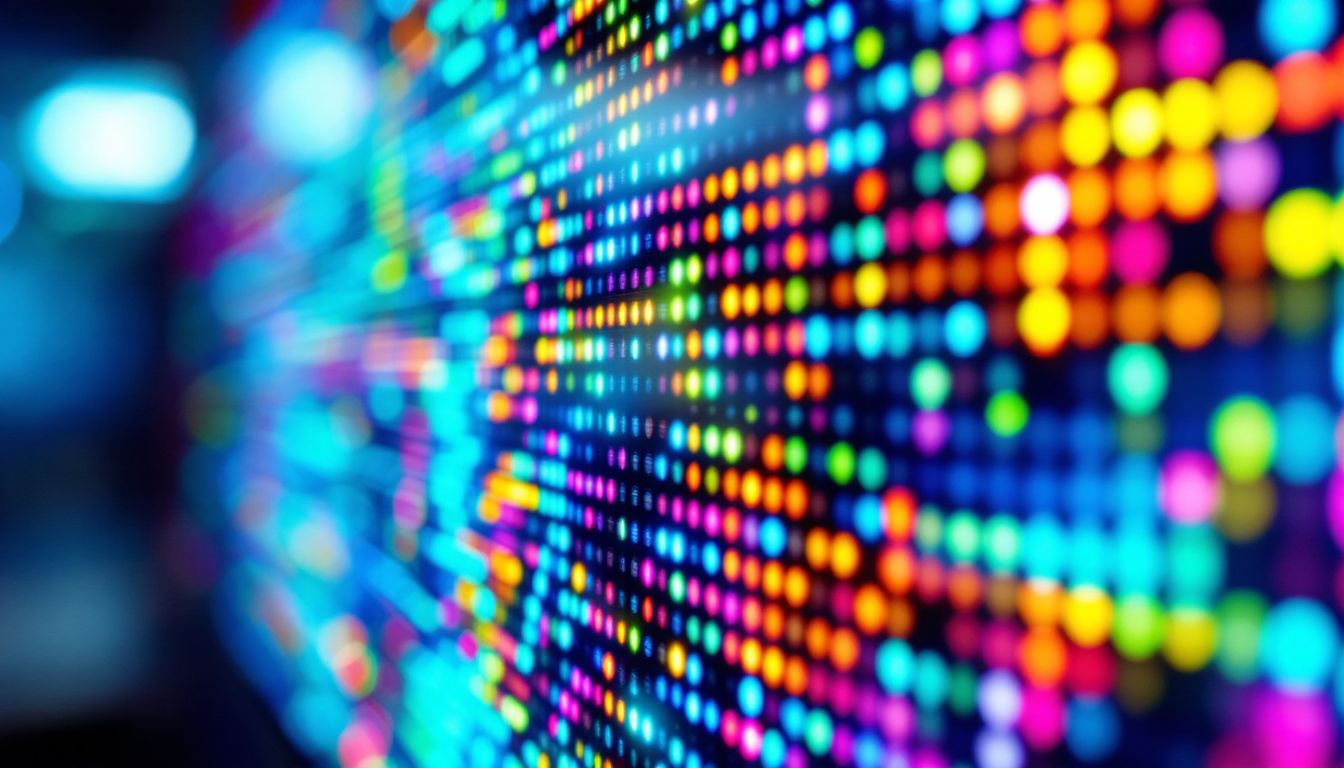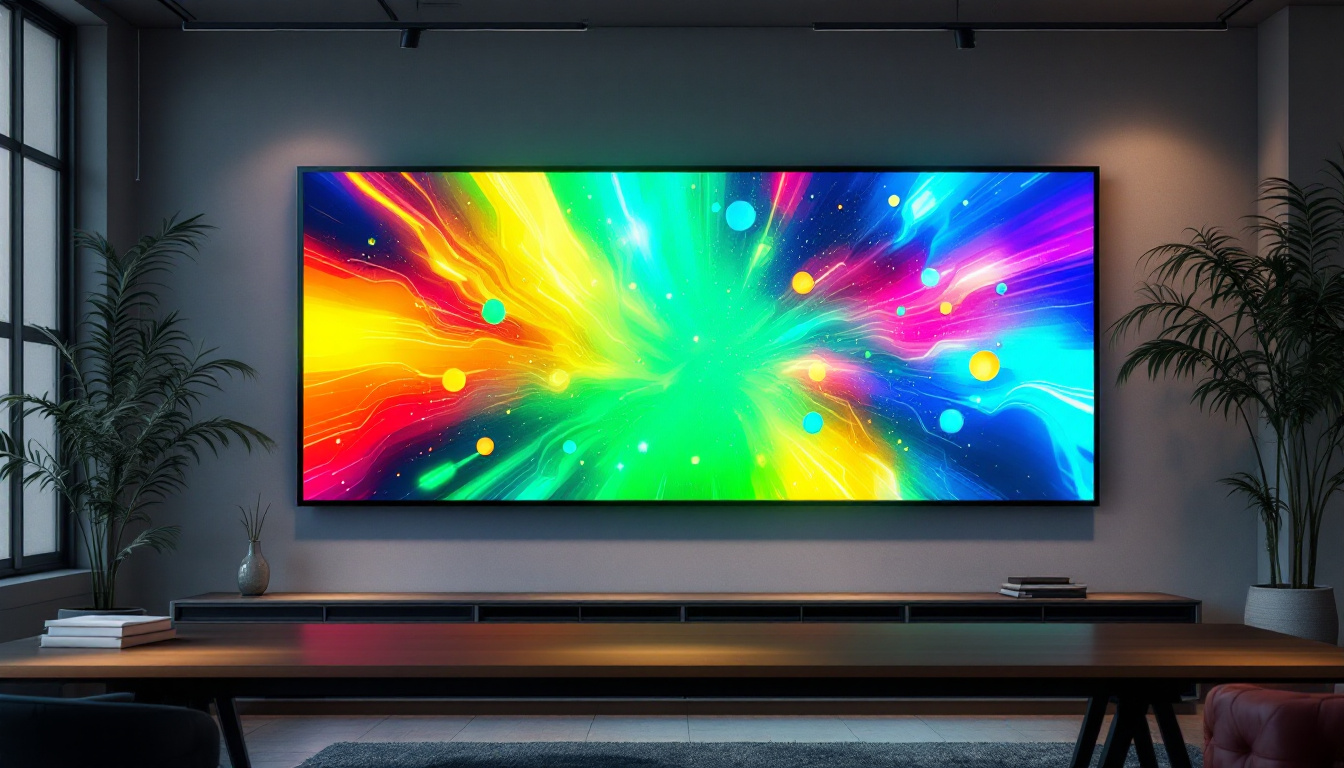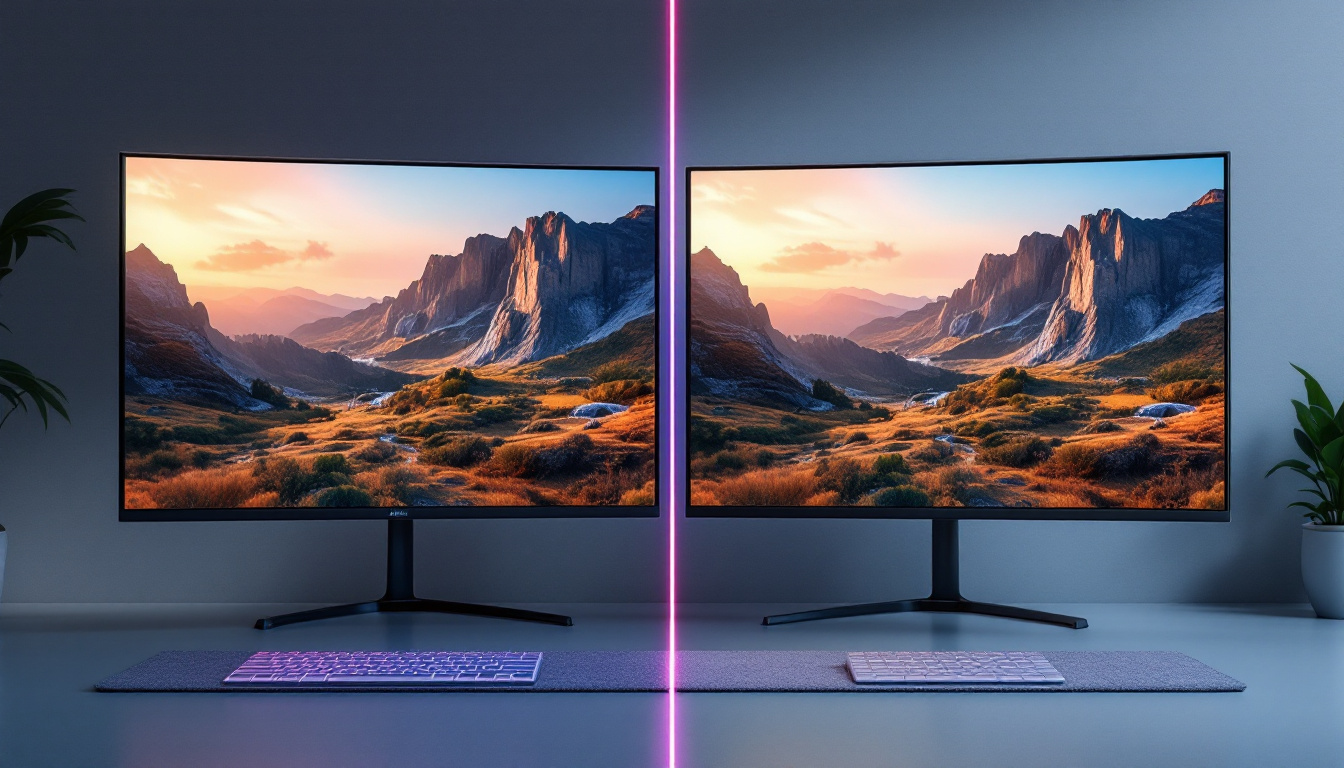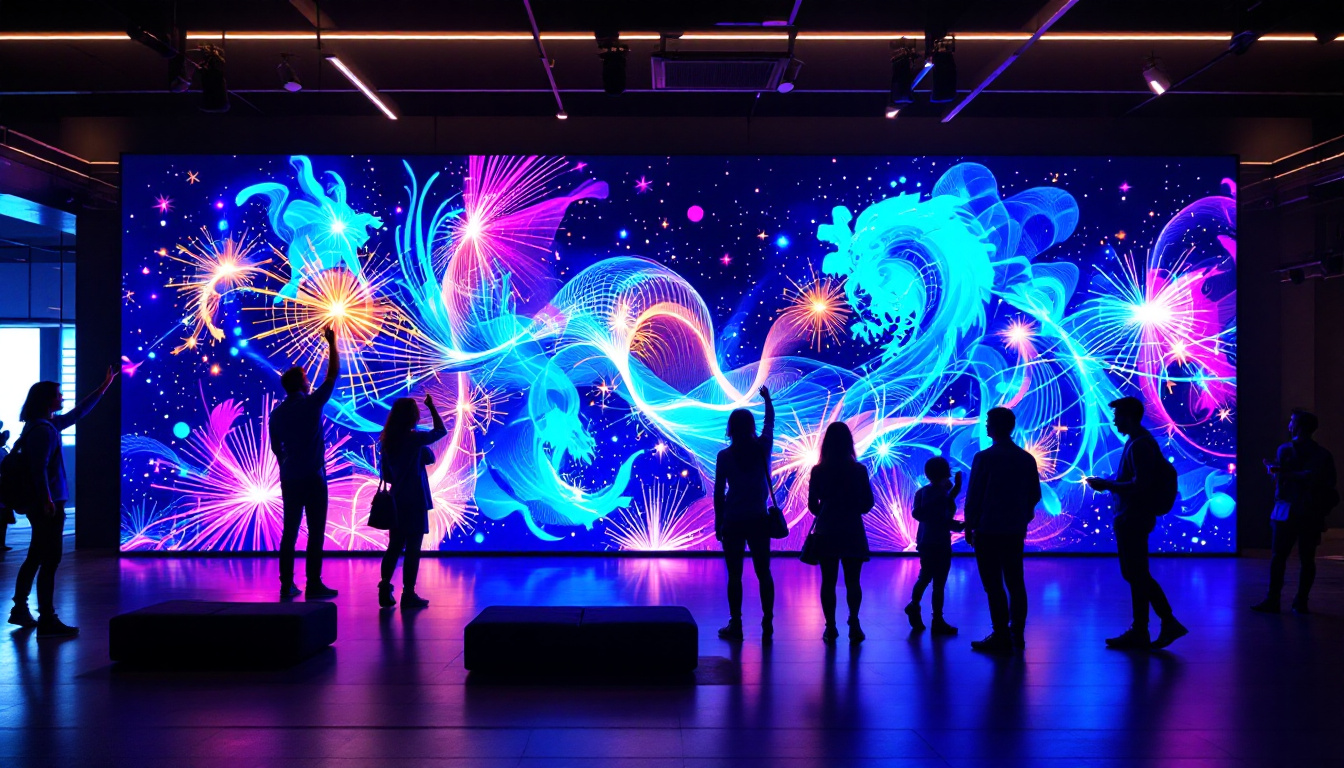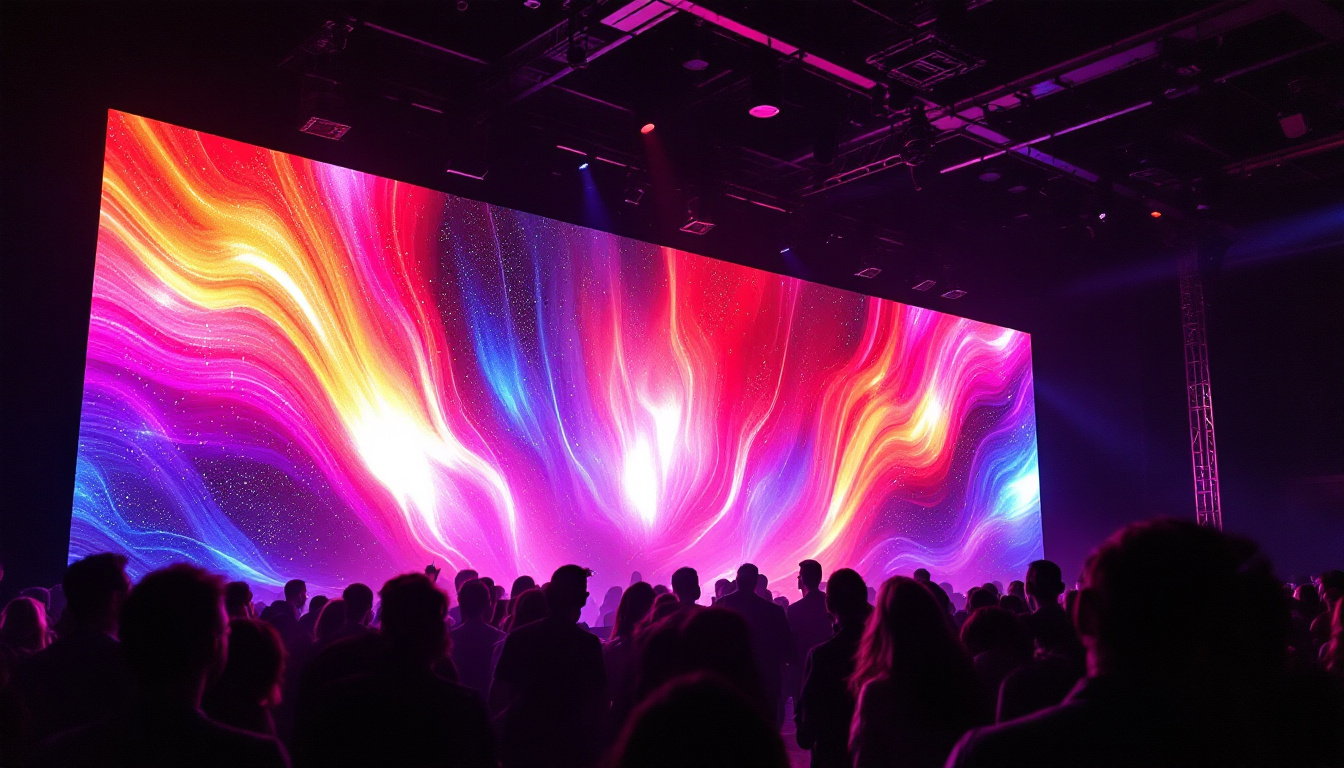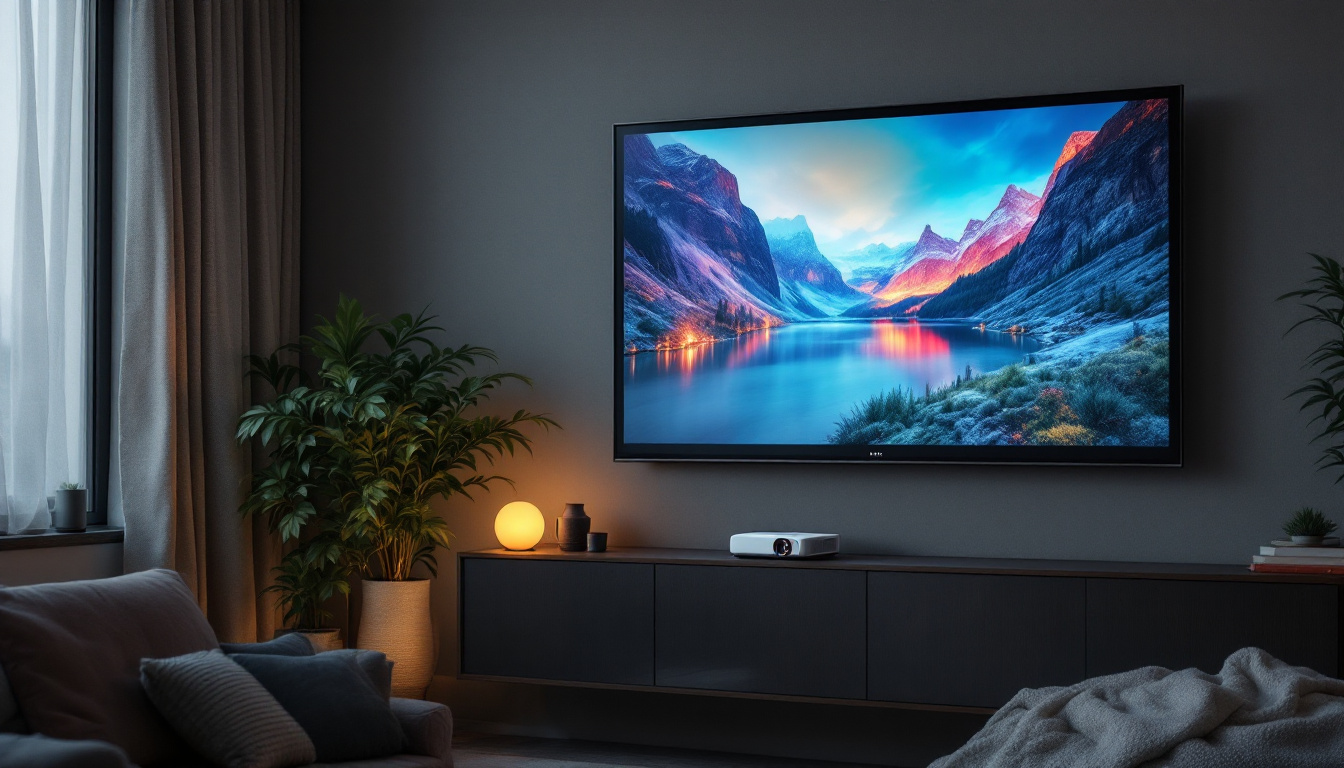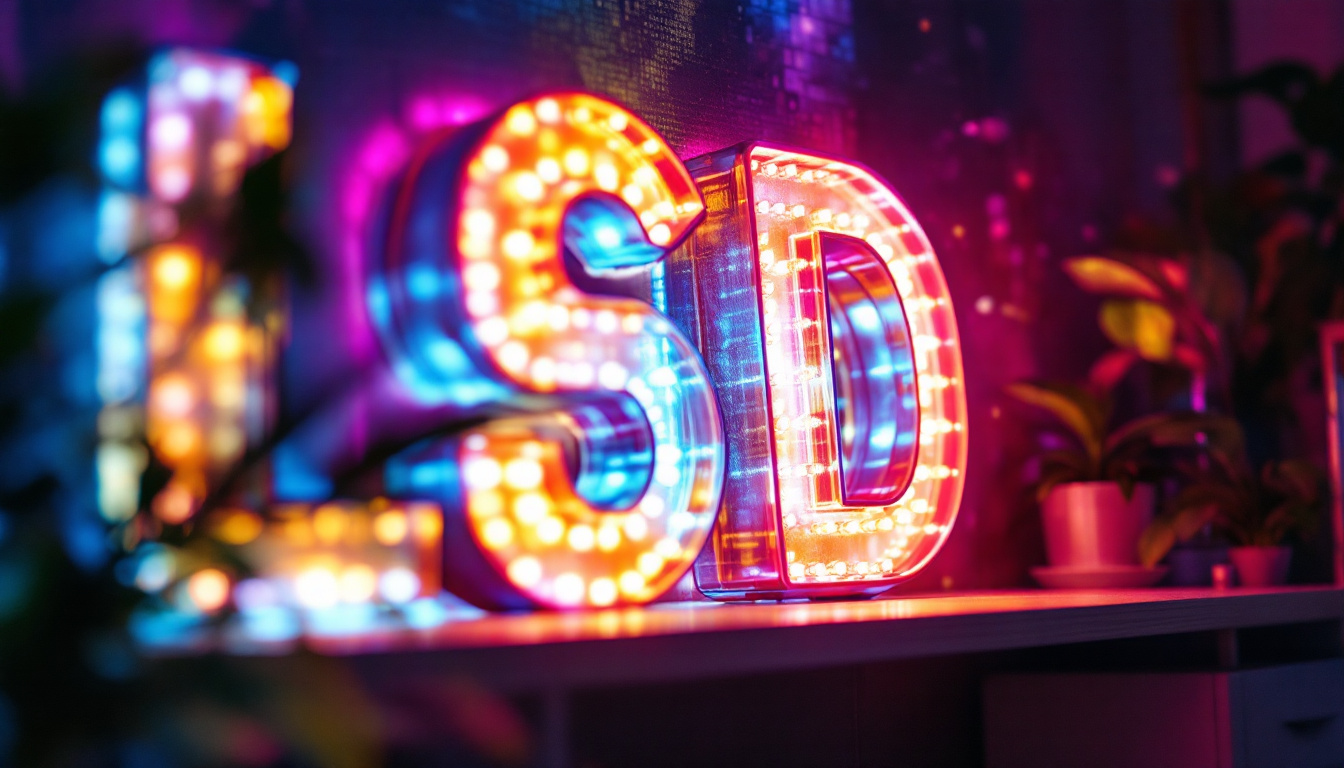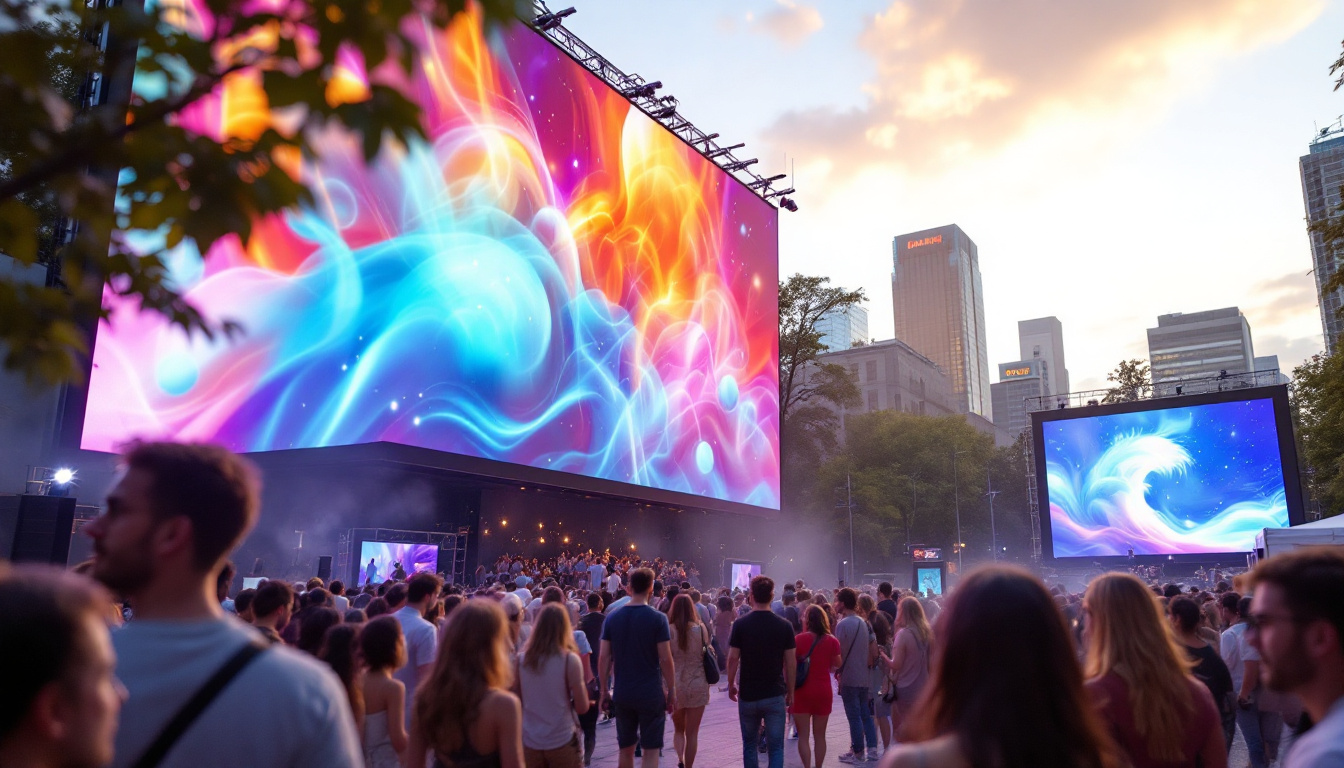In the world of advertising, innovation plays a crucial role in capturing attention and engaging audiences. One of the most exciting developments in this realm is the use of 3D LED displays on billboards. These high-tech installations not only enhance visual appeal but also offer a dynamic way to convey messages. This article will delve into the intricacies of 3D LED displays, exploring their technology, advantages, and the future of advertising.
Understanding 3D LED Technology
3D LED displays represent a significant advancement in visual technology, combining traditional LED screens with sophisticated imaging techniques. Unlike standard flat displays, these screens create an illusion of depth, making images appear to pop out into the viewer’s space. This immersive experience not only enhances the aesthetic appeal but also engages viewers on a deeper level, making it an ideal choice for advertising, entertainment, and educational purposes.
The Basics of LED Displays
LED, or Light Emitting Diode, technology has revolutionized the way visuals are presented. LED displays are known for their brightness, energy efficiency, and longevity. They consist of numerous tiny diodes that emit light when an electric current passes through them. This technology is not only used in billboards but also in televisions, smartphones, and various other devices. The versatility of LED technology has led to its widespread adoption across different sectors, including retail, sports, and public information systems.
In the context of billboards, LED displays can be arranged in various configurations to create vibrant, eye-catching advertisements. The use of RGB (red, green, blue) LEDs allows for a broad spectrum of colors, enhancing the visual experience for viewers. However, the leap to 3D involves more than just color; it requires advanced techniques in image rendering and display technology. The integration of high-definition resolution with LED technology further amplifies the clarity and sharpness of the visuals, making them more appealing and effective in capturing attention.
How 3D Effects are Achieved
Creating a 3D effect on an LED display involves several techniques, including stereoscopic imaging and parallax barriers. Stereoscopic imaging uses two slightly different images to create depth perception, similar to how human eyes perceive the world. When these images are viewed simultaneously, the brain interprets them as a single 3D image. This method is often used in cinema and gaming, where the goal is to immerse the viewer in a lifelike experience.
Parallax barriers, on the other hand, are physical structures placed in front of the display that direct light from different pixels to each eye. This technique allows for a 3D effect without the need for special glasses, making it more accessible to passersby. The combination of these technologies results in stunning visuals that can captivate an audience from various angles. Furthermore, advancements in processing power and graphics rendering have enabled real-time adjustments to these 3D effects, allowing for dynamic content that can change based on viewer interaction or environmental factors. This adaptability opens up new avenues for creative expression and advertising strategies, pushing the boundaries of what is possible in visual communication.
Advantages of 3D LED Billboards
The integration of 3D technology into LED billboards offers numerous advantages over traditional advertising methods. These benefits not only enhance the viewer’s experience but also provide advertisers with more effective tools to engage their target audience.
Enhanced Visual Appeal
One of the most immediate advantages of 3D LED displays is their ability to attract attention. The dynamic nature of 3D visuals creates a sense of movement and depth that flat images simply cannot achieve. This heightened visual appeal can significantly increase foot traffic and engagement, making it an attractive option for businesses looking to maximize their advertising impact.
Moreover, 3D displays can be designed to incorporate animations and interactive elements, further engaging viewers. This interactivity can lead to a more memorable experience, encouraging potential customers to remember the brand long after they have passed by the billboard.
Increased Engagement and Retention
Studies have shown that people are more likely to engage with and remember advertisements that utilize innovative technology. The novelty of 3D LED displays can capture attention in a way that traditional billboards cannot. This increased engagement often translates to higher retention rates, meaning that viewers are more likely to recall the advertised message later.
Furthermore, the immersive nature of 3D visuals can create a stronger emotional connection with the audience. When viewers feel a sense of involvement, they are more likely to respond positively to the brand being advertised. This emotional engagement is crucial in today’s competitive advertising landscape.
Versatility in Advertising
3D LED billboards offer remarkable versatility, allowing advertisers to tailor their messages to different audiences and contexts. The ability to change content easily means that businesses can adapt their advertising strategies in real-time. For instance, a billboard can display different messages depending on the time of day or the demographics of the audience present.
This flexibility is particularly beneficial for brands that operate in multiple markets or have varying target audiences. Advertisers can experiment with different designs and messages, optimizing their campaigns for maximum effectiveness. Additionally, the capability to integrate social media feeds or live content can further enhance the relevance of the displayed messages.
Challenges and Considerations
While the advantages of 3D LED displays are compelling, there are also challenges and considerations that must be addressed. Understanding these factors is essential for businesses looking to invest in this technology.
Cost of Implementation
The initial investment for 3D LED billboards can be substantial. The technology involved in creating these displays is more complex than traditional billboards, leading to higher costs for both production and installation. Businesses must weigh the potential return on investment against these upfront expenses.
Moreover, ongoing maintenance and operational costs can also be higher for 3D displays. Regular upkeep is necessary to ensure the technology functions correctly and continues to deliver high-quality visuals. This includes monitoring for any malfunctioning LEDs and ensuring that the content is updated regularly to keep it fresh and relevant.
Technical Limitations
Despite the advancements in 3D LED technology, there are still technical limitations that can affect the viewing experience. For instance, the effectiveness of the 3D effect can be influenced by the viewer’s position relative to the display. Optimal viewing angles are often limited, which may restrict the audience that can fully appreciate the 3D visuals.
Additionally, the complexity of creating high-quality 3D content can pose a challenge for advertisers. Producing compelling 3D visuals requires specialized skills and software, which may not be readily available to all businesses. This can lead to increased production times and costs, further complicating the advertising process.
The Future of 3D LED Displays
As technology continues to evolve, the future of 3D LED displays looks promising. Innovations in display technology, content creation, and audience engagement are likely to shape the next generation of advertising.
Integration with Augmented Reality
One of the most exciting prospects for the future of 3D LED displays is their potential integration with augmented reality (AR). By combining 3D visuals with AR technology, advertisers can create immersive experiences that allow viewers to interact with the displayed content in real-time. This could lead to a new era of advertising where the boundary between the digital and physical worlds becomes increasingly blurred.
Imagine walking past a billboard that not only displays a 3D advertisement but also allows viewers to interact with it through their smartphones. This level of engagement could revolutionize the way brands connect with their audiences, providing a more personalized and memorable experience.
Advancements in Content Creation
As the demand for 3D LED displays grows, so too will the tools and technologies available for creating high-quality content. Advances in software and design techniques will make it easier for advertisers to produce stunning 3D visuals without the need for extensive technical expertise.
Furthermore, the rise of artificial intelligence in content creation may streamline the process, allowing for faster production times and more dynamic advertising campaigns. This could enable brands to respond to trends and audience preferences in real-time, enhancing their overall effectiveness.
Sustainability and Energy Efficiency
With increasing awareness of environmental issues, the future of advertising will likely focus on sustainability. As LED technology continues to evolve, manufacturers are working on creating more energy-efficient displays that reduce carbon footprints. This shift towards sustainability will not only benefit the environment but also appeal to consumers who prioritize eco-friendly practices.
Incorporating renewable energy sources to power 3D LED billboards could further enhance their sustainability. By utilizing solar panels or wind energy, advertisers can significantly reduce their reliance on traditional energy sources, aligning their brands with environmentally conscious values.
Conclusion
3D LED displays are transforming the landscape of outdoor advertising, offering businesses innovative ways to engage with their audiences. The combination of advanced technology, enhanced visual appeal, and increased interactivity makes these displays a powerful tool for brands looking to make a lasting impression.
While challenges such as cost and technical limitations exist, the potential benefits far outweigh the drawbacks. As technology continues to advance, the future of 3D LED displays promises even more exciting possibilities, paving the way for a new era in advertising.
In a world where capturing attention is more critical than ever, 3D LED billboards stand out as a beacon of innovation, creativity, and engagement. As businesses continue to explore the potential of this technology, the advertising landscape will undoubtedly evolve, offering consumers a more dynamic and interactive experience.
Illuminate Your Brand with LumenMatrix
Ready to elevate your advertising to the next dimension? LumenMatrix is at the forefront of LED display innovation, offering a wide array of solutions to bring your brand to life. From mesmerizing Indoor and Outdoor LED Wall Displays to mobile Vehicle LED Displays, and from interactive Floor LED Displays to sleek LED Poster and Sports Displays, our technology is designed to captivate and engage. Embrace the future with Custom, All-in-One, and Transparent LED Displays that set your message apart. Check out LumenMatrix LED Display Solutions today and transform your visual communication into an unforgettable experience.

